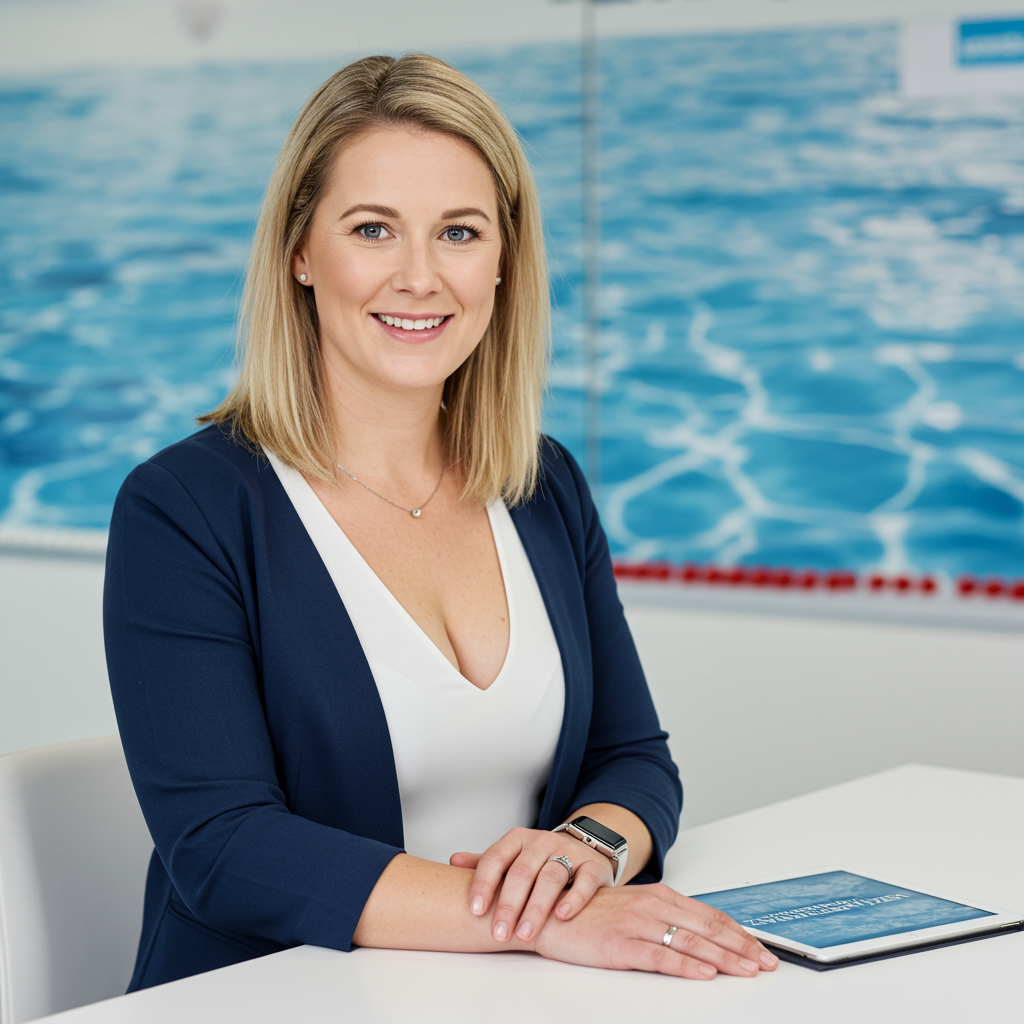Can you afford swimming lessons for your child? Discover hidden fees and council support in 2025. Swimming lessons are crucial in the water-rich Netherlands, but what if the costs add up? Many parents struggle with this, especially with rising energy prices affecting swimming pools [2, 6]. This article helps you to understand the costs and save money, so that swimming safety remains accessible for your child.
Why swimming lessons are so important
The Netherlands is surrounded by water, making swimming lessons an essential skill for children [5, 25, 35]. It not only increases safety but also gives confidence and pleasure in the water [25]. The National Swimming Safety Council (NRZ) strives to increase swimming safety in the Netherlands [5]. A child is water-safe if they master swimming skills, are physically and mentally able to save themselves, have confidence in themselves, enjoy swimming and recognise potential dangers [5].
The basic costs: lesson fees and more
The most obvious cost is the lesson fee. The costs of swimming lessons vary per swimming school [5]. On average, you pay between €35 and €70 per month for swimming once a week [28, 5].
Pay close attention to what is included in the lesson fee. For example, is it inclusive of the final swim exam [5]? There are different teaching methods, such as turbo swimming lessons, where your child can get their diploma faster [5]. Read more about teaching methods to see what suits your child best.
Hidden costs: what should you watch out for?
In addition to the lesson fee, there are often other costs to consider:
- Registration fee: Many swimming schools charge a registration fee [5, 7]. You pay this once when you register.
- Swim exam fees: Extra costs are often charged for the swim exam and the diploma itself [5, 9].
- Swimwear and accessories: Think of a swimsuit or swimming trunks, swimming goggles and a swimming cap [5].
- Practice swimming: At some swimming schools, it is compulsory or recommended to practice extra [5].
- Starter pack: Some swimming pools work with a starter pack, including, for example, a swimming bag and magnetic card [9].
These costs can unexpectedly increase the price of swimming lessons.
The impact of energy bills
Higher energy prices have an impact on swimming pools [2, 4, 6, 12, 24]. Many municipalities expect an increase in energy costs [2]. To be less dependent on energy prices, many municipalities are exploring the possibilities for a sustainable solution in the longer term [2]. Half of the municipalities are already charging the swimming pool operator to find a solution to the increase in energy costs [2]. Just under half of the municipalities are solving the increase in energy costs by increasing tariffs [2].
This can lead to higher swimming lesson costs or even swimming pool closures, reducing the accessibility of swimming lessons [29, 30].
Council support and other options
Fortunately, there are several ways to keep swimming lessons affordable. Many municipalities offer financial support [8, 10, 11, 15, 19, 21, 27].
Council schemes
Contact your local council to find out about the possibilities for reimbursement [8, 15]. Schemes and conditions vary per municipality [8, 15]. Also, check Together for all children for joint information on schemes from the Leergeld Foundation, the Youth Sports & Culture Fund, the Jarige Job Foundation and the National Children's Aid Fund [8, 15].
Examples of municipal support:
- Leergeld Foundation: Offers a reimbursement for swimming lessons to children from the age of 6 [10, 21].
- Swimming Fund: Especially for children aged 6 to 17 who do not have a swimming diploma A and whose parents cannot afford it [21].
- Children's package: Some municipalities offer a children's package with vouchers for swimming lessons [9, 27].
Other options
- Swimming lessons at a later age: From the age of 5, children are strong enough to start swimming [14, 31].
- Ask about discounts: Some swimming pools offer discounts for families with several children or a Gelrepas, for example [7].
The importance of the C diploma
Although the A diploma is a first step, the C diploma is seen as the National Swimming Safety Standard [3, 5, 20]. With a C diploma, your child masters more skills, such as survival in open water [3, 16, 18]. So consider saving up for the C diploma.
How to find the best deal
Compare swimming lesson providers in your city to find the best value for money [5, 28, 32]. Pay attention to the following points:
- Teaching method: Which method suits your child best [25]?
- Group size: How many children are in a group [16]?
- Location: Is the swimming school easily accessible [8]?
- Extra costs: What are the extra costs, such as registration fees and swim exam fees [5]?
You may also want to consider choosing a swimming school that uses an online tracking system so you can track your child's progress [14]. If relevant, ask the swimming school about Membro, the online member administration system used by many swimming organisations, to see how they streamline administration.
Zwemleswijzer helps you on your way!
Swimming lessons do not have to be unaffordable. By informing yourself well, comparing and using available help, you ensure that your child can learn to swim safely and with pleasure. Compare swimming lesson providers in your city and find the perfect swimming lesson that suits your budget and wishes! Also, check the knowledge base for parents for more tips and information.
